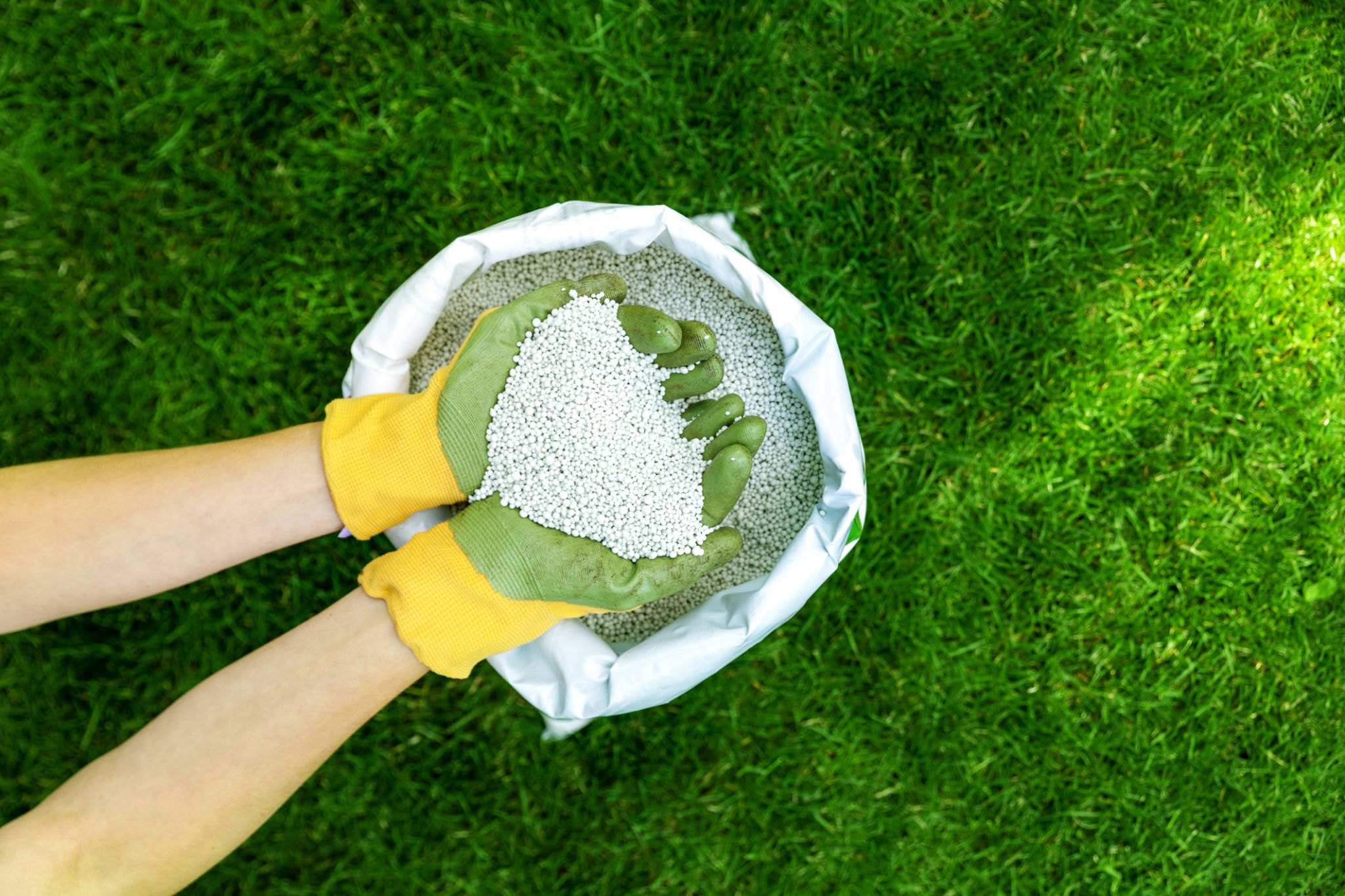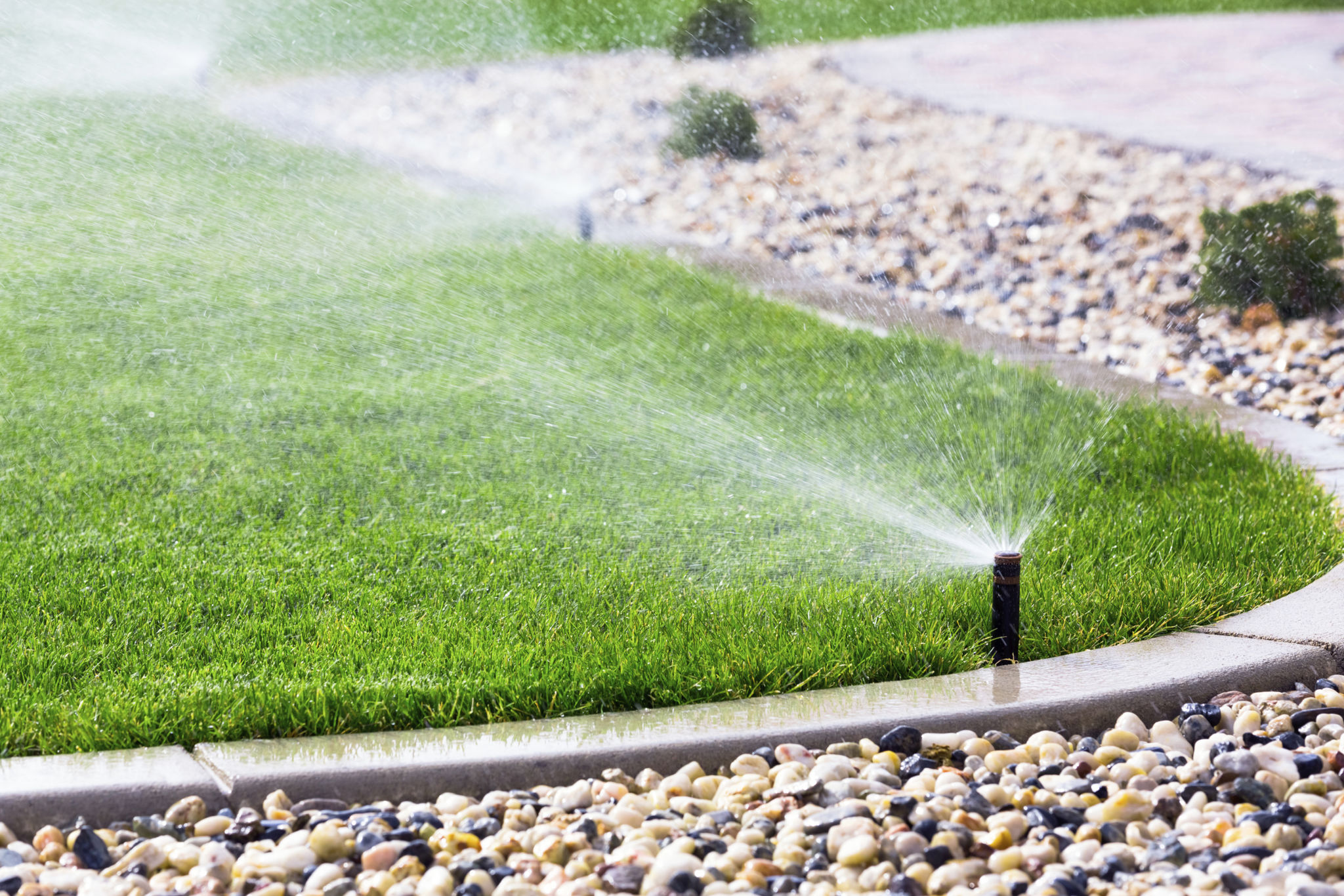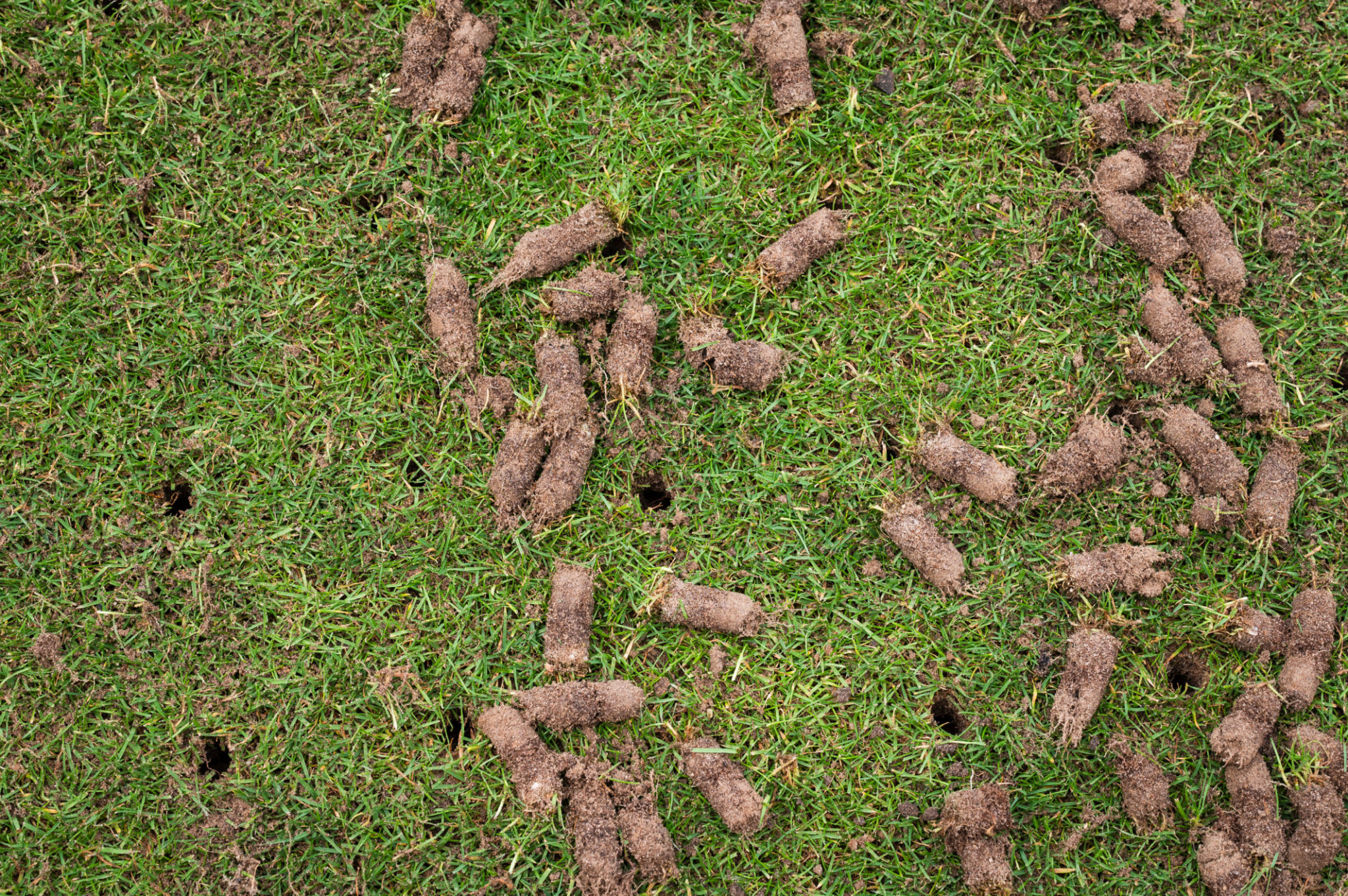The Ultimate Guide to Enhancing Grass Growth in Arlington
Understanding the Basics of Grass Growth
For homeowners in Arlington, maintaining a lush, green lawn is often a top priority. However, achieving this goal requires understanding the basics of grass growth. The process involves selecting the right grass type, preparing the soil, and ensuring proper care throughout the year. Each of these elements plays a crucial role in the overall health and appearance of your lawn.
Different grass types thrive under different conditions. In Arlington, common choices include Bermuda, Zoysia, and Fescue. Each has its own set of requirements and benefits that align with the local climate and soil conditions. Selecting the right type for your specific needs can make a significant difference in your lawn's success.

Soil Preparation and Testing
The foundation of any healthy lawn starts with well-prepared soil. Begin by testing your soil to determine its pH level and nutrient content. Soil testing kits are readily available and provide essential information on what amendments might be needed. A balanced pH and nutrient-rich soil create an ideal environment for grass growth.
Once the soil's condition is assessed, it's time to prepare it for seeding or sodding. This involves tilling the ground, removing rocks and debris, and incorporating organic matter such as compost. These steps improve soil structure and fertility, ensuring that grass roots can establish themselves effectively.
Choosing the Right Fertilizer
Fertilization is a key component of lawn care that significantly impacts grass growth. In Arlington, it's important to choose a fertilizer that matches the specific needs of your grass type. Look for a product that provides a balanced mix of nitrogen, phosphorus, and potassium.

Timing is also crucial when it comes to fertilization. Apply fertilizer in early spring and late fall when grass growth is most active. This ensures that your lawn receives the nutrients it needs to thrive throughout the growing season.
Watering Techniques for Optimal Growth
Proper watering is essential for maintaining a healthy lawn. In Arlington's climate, it’s important to water deeply but infrequently to encourage deep root growth. Aim for about one inch of water per week, delivered in one or two sessions.
To avoid water wastage and ensure even distribution, consider using an irrigation system or soaker hoses. Watering early in the morning reduces evaporation and allows grass to dry during the day, minimizing the risk of disease.

Mowing Practices that Promote Health
Mowing might seem straightforward, but proper mowing practices can greatly influence the health of your lawn. Set your mower blades to the correct height for your specific grass type to avoid cutting too short, which stresses the grass.
A general rule of thumb is to never remove more than one-third of the grass blade in a single mow. Regular mowing also helps control weeds and encourages denser growth by promoting lateral spreading.
Aeration and Its Benefits
Aeration is an often-overlooked practice that offers numerous benefits for grass growth. This process involves perforating the soil with small holes to allow air, water, and nutrients to penetrate deeper into the roots. Aeration helps alleviate soil compaction and promotes healthier root development.

For lawns in Arlington, fall is an ideal time to aerate because it coincides with active root growth periods. Consider renting an aerator or hiring a professional service to ensure this task is done efficiently.
Pest and Weed Management
Pests and weeds are common challenges faced by Arlington homeowners striving for a perfect lawn. Regular monitoring and early intervention are key strategies in managing these issues effectively.
Implement an integrated pest management approach that combines cultural, mechanical, and chemical methods to control pests. For weeds, maintain a regular mowing schedule and use herbicides selectively to target problem areas without harming desirable grass.
